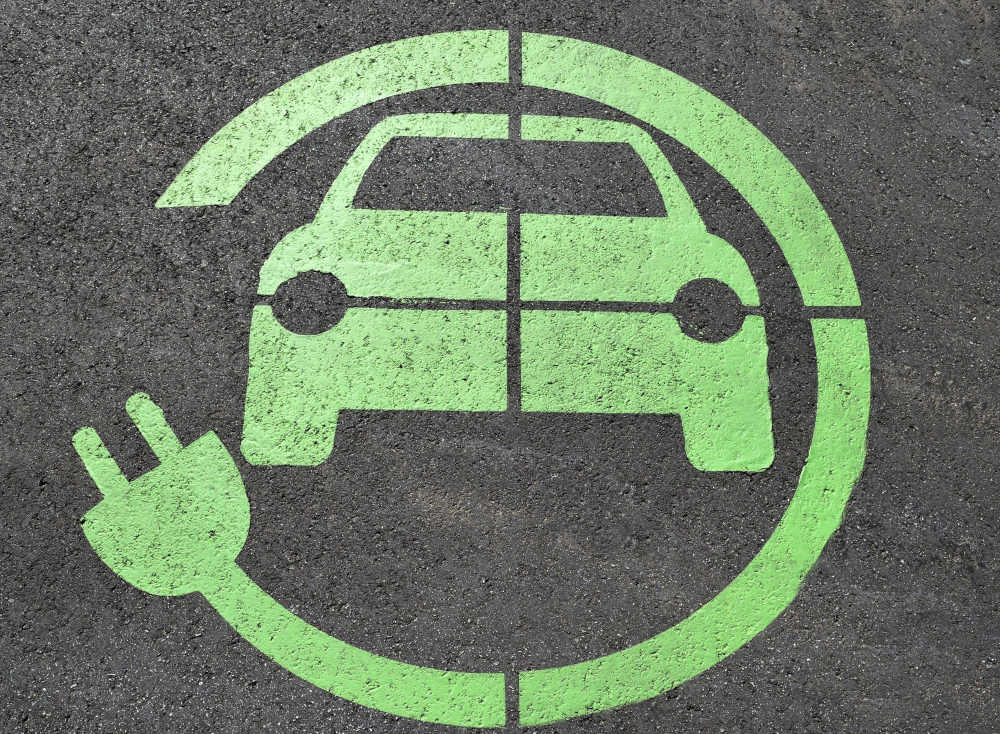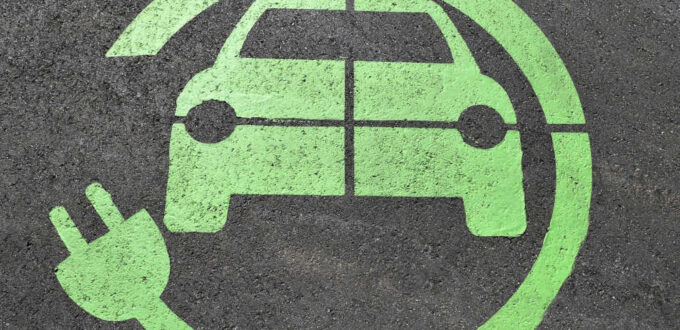
Australian drivers are increasingly keen to make their next car electric, but high prices and the limited range of available models are keeping many from making the switch.
State and territory governments are investing in charging infrastructure and offering a range of incentives, such as rebates and tax exemptions, to reduce the financial burden.
So, what are the things that make a difference to your hip pocket?
New South Wales
The NSW government says it wants to be “the easiest place to buy and use an EV in Australia”.
It is aiming to increase EV sales to be 52 per cent of car sales by 2030/31.
The state is also aiming to reach net zero emissions by 2050.
To do this, NSW has introduced financial incentives for people to buy an EV, including:
A $3,000 rebate for EVs bought for less than $68,750 — limited to the first 25,000 vehicles to claim the rebate
No stamp duty for EVs purchased under $78,000
No road user charge for EVs until mid-2027, or when EVs account for 30 per cent of sales
Registration fee discounts
EV drivers can also use T2 and T3 transit lanes across NSW.
Victoria
Victoria is aiming for ZEVs (all-electric BEVs and hydrogen-powered fuel cell EVs or FCEVs) to make up half of its light vehicle sales by 2030.
Victoria is also aiming to reach net zero emissions by 2050.
To do this, Victoria has some financial incentives for people to buy an EV, including:
A $3,000 rebate for EVs bought for less than $68,740 — limited to the first 4,000 vehicles to claim the rebate
A $100 registration fee discount per year
More than half of the rebates had been claimed as of March 2022, but the Victorian government says more will be available in the future.
Victoria has also introduced a road user levy on EVs that critics argue discourages people from buying an EV:
EV drivers pay between 2 and 2.5 cents per kilometre
For someone who drives 15,000km a year, that works out to between $300 and $375.
The levy was introduced in July 2021 and helps fund the EV rebate in Victoria.
The Victorian government argues the levy is much less than the federal government’s fuel excise, which is added to the cost of petrol and diesel and is used to help maintain roads.
Two electric vehicle drivers have launched a High Court challenge against the levy, arguing it is unconstitutional.
Queensland
Queensland is aiming for half of its new passenger vehicle sales to be zero-emission by 2030.
That target will be increased to all sales by 2036.
To do that, the state has introduced some financial incentives:
A $3,000 rebate for new BEVs that cost up to $58,000
Reduced stamp duty
The rebate, introduced this week, is Queensland’s first major financial incentive to buy an EV, but the cap on the rebate is lower compared to other states.
Transport Minister Mark Bailey said this was because the Queensland government did not want to subsidise people “who can easily afford well-off vehicles”.
Western Australia
Western Australia does not offer any financial incentives to buy an EV other than reduced electricity rates for charging at home during off-peak times.
The WA government has focused its EV strategy on developing a charging network across the state.
WA is aiming to reach net zero emissions by 2050.
South Australia
The SA government says it wants to be a “national leader in electric vehicle uptake and smart charging by 2025”.
SA is aiming for all of its new passenger vehicle sales to be electric by 2035.
To do this, SA has introduced financial incentives for people to buy an EV, including:
A $3,000 rebate for new BEVs and FCEVs that cost up to $68,750 — limited to the first 7,000 cars to claim the rebate
3 years free registration
The state also offers a subsidy of up to $2,000 to install EV smart chargers at home — limited to 7,500 households.
SA has also introduced a road user tax on EVs that critics argue discourages people from buying an EV:
Tasmania
Tasmania has focused its EV strategy on investing in charging infrastructure.
Its financial incentives are limited to:
No stamp duty
ACT
The ACT is working towards a target of net zero emissions by 2050.
A big part of that goal is tackling transport, which is the ACT’s biggest contribution to emissions, making up 60 per cent of its greenhouse gases.
To do this, the ACT has offered some financial incentives, including:
No stamp duty
2 years free registration
A zero-interest loan of up to $15,000 for eligible households to buy a BEV — limited to cars under the luxury car tax threshold (currently $77,565)
The loan, which is part of the Sustainable Household Scheme, can also be used to buy EV charging equipment.
Northern Territory
The Northern Territory is introducing some financial incentives from July 2022 for drivers to buy an EV:
Free registration
A $1,500 discount on stamp duty.
Source: ABC NEWS











